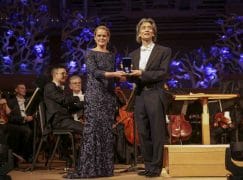This pic is doing the social media rounds.
It shows red-shirted Sir Simon Rattle, outgoing chief of the Berlin Phil, sharing a moment with one of the orchestra’s violists, Joaquin Riquelme, a Real Madrid supporter.
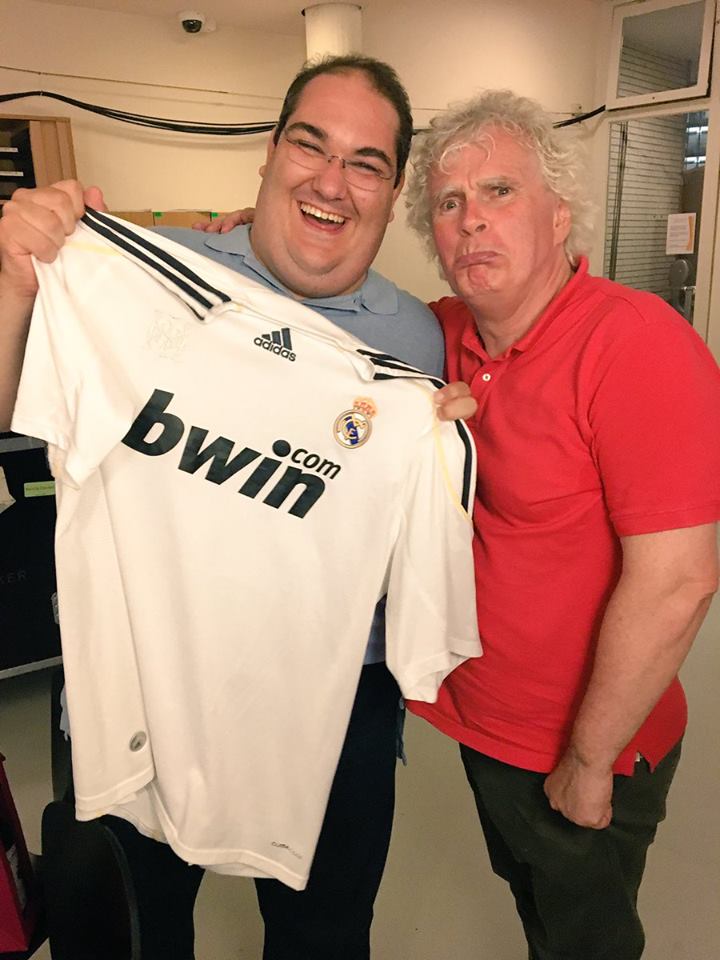
This pic is doing the social media rounds.
It shows red-shirted Sir Simon Rattle, outgoing chief of the Berlin Phil, sharing a moment with one of the orchestra’s violists, Joaquin Riquelme, a Real Madrid supporter.

From the New Statesman:
(Molly) Mathieson gave up her career as a TV producer to set up the orchestra in 2015 after working on the Channel 4 programme Addicts’ Symphony and learning for herself how music helps recovering addicts. Her idea for the recovery orchestra was backed by the School for Social Entrepreneurs.
“A lot of people tried to persuade me not to use music as the inclusive element,” she says. “They said I would never find anyone who can create music this way. I knew there were people out there and I was determined to find them. Music is universal. Everyone has a relationship to music. You can be taught how to appreciate fine art, say, but music is innate. The important cornerstones you need for recovery are there – a sense of purpose, a common direction.”

Read on here.
The row we stirred two years ago about the purpose of musicology – many of its tenured practitioners think it exists to promote social equality – is still rumbling on. Here’s a review of William Cheng’s relevant book which has appeared in the musicology house magazine, Music & Letters:
Just Vibrations: The Purpose of Sounding Good . By William Cheng. Foreword by Susan McClary. Pp. xix + 160. ( University of Michigan Press, Ann Arbor, 2016. $24.95. ISBN 978-0-472-05325-4.)
Kyle Devine. Music and Letters, Volume 99, Issue 1, 1 February 2018, Pages 148–150, Published: 15 May 2018
‘This is not musicology’. So says an internet troll, disparaging William Cheng’s Just Vibrations in a post on Slipped Disc (the self-proclaimed ‘most-read cultural website’). The post is unintentionally ironic and incongruous: Cheng’s core tenet is that musicology is as musicology does, while his core message is that musicology could do more to help repair our broken world if it were to champion an ethics of care as much as its more usual scholarly priorities.
Irony and incongruity notwithstanding, this commenter’s unsympathetic vibrations resonate with many others in a well-publicized backlash to Cheng’s book among a certain contingent of Slipped Disc readers (see the online magazine Junction for the author’s summaries of, and responses to, the controversy). Such readers questioned everything from whether musicology has any business engaging in cultural theory or socially transformative criticism (which ostensibly represent the effluents of ‘leftism’ and ‘postmodernism’ that interfere with ‘legitimate’ music research) to whether students in Cheng’s classes would be employable after being exposed to such thinking (which ostensibly comes at the expense of a ‘proper’ education in the facts and figures of ‘real’ music).
Online comments sections are of course notorious for the ease with which they degenerate into trolling and cyberbullying, and so it is rarely productive to take them too seriously. But the Slipped Disc backlash is so disheartening that it warrants consideration. For, although these commenters do not represent the reception of Just Vibrations among many musicians and researchers, they do represent (if in an exaggerated and inflammatory way) a canon-centric, notes-or-nothing, business-as-usual conservatism that, strangely and dangerously, still afflicts some of today’s musical thought and scholarship. It is exactly this parochialism that Cheng sets out to diagnose and treat. In the spirit of Cheng’s book, then, which calls for compassion in musical culture as much as its scholarly pursuits and professions, I want to read these trolls’ comments charitably, reparatively. So I agree: Just Vibrations is not mainstream musicology. But it is part of what any future musicology worth practising could and should be.
It is a shame that the thinking represented on Slipped Disc still has currency in musical culture. Notated music and its scholarly traditions (evidently the main concerns of the online commenters) are of course remarkable achievements, worthy of the serious musicological attention that they have been given. But crotchets and their kin have never really defined what it means to make music, to listen to it, to enjoy it—nor to be excluded, constrained, or hurt by it. Not for most people in most times and places, anyway.
Yet many musicologists and musicians still seem to be trained or enculturated to value their music most highly, and to feel they need to protect this music from various perceived threats. Such threats come in the form of other musics that prize different skill sets and literacies (i.e. different definitions of talent, creativity, and even music itself). They come in the form of other musics that compete for space in the curriculum. And they come in the form of other musics that require conceptual and methodological understandings that differ from established musicological specialisms, and which thereby stoke anxiety about the subsumption of music research into other research fields and university departments. The precepts and practices of both ‘music’ and ‘musicology’ are still jealously guarded in public discourse and the academy, even with the widespread and often more accommodating perspectives found in ethnomusicology, popular-music studies, and, more recently, sound studies (fields that, of course, can also exhibit their own parochialisms and protectionisms).
Cheng places a mirror in the face of such fears, as Susan McClary writes in her foreword to the book (she herself, along with other so-called new musicologists, is no stranger to the accusation ‘This is not musicology’). The goal of Just Vibrations is to build a reparative musicology and a reparative musical culture. Reparative musicology is a term that Cheng develops from Suzanne Cusick’s article on music and torture in Radical Musicology, 3 (2008), which is itself built on Eve Kosofsky Sedgwick’s distinction between ‘paranoid’ and ‘reparative’ critical dispositions in scholarly work.
Paranoid scholarship is negative scholarship; it seeks and destroys, strutting its stuff and getting ahead in the process. Reparative scholarship is positive scholarship; it rebuilds and restores, fostering understanding and conviviality along the way. In other words, and to echo another one of Cheng’s main points, whereas paranoid scholarship sounds good, reparative scholarship also does good. Most academic work, Cheng shows, derives from the paranoid disposition. Our reparative purpose, by contrast, should be ‘to thrive and to enable others to do so in turn’ (p. 7) and to search actively ‘for positivity and potential’ (p. 99).
The stakes are high: ‘The cost of failing at repair is continued or added injury, from which recovery may be arduous as ever. The cost of shunning reparative efforts altogether is that there may eventually be nothing and no one worth recovering for anyway’ (pp. 102–3). To be clear, Cheng is not strictly blaming individual egos for the predominance of paranoid scholarship. He is calling attention to the ways that the systems and measures of the academic world both prompt and perpetuate the paranoid mode.
Music research has been moving in the direction advocated by Cheng. Indeed, as Cusick notes in her aforementioned article, a reparative inclination has defined ‘the work toward which several alternative musicologies (especially queer ones) aspired’. What Just Vibrations adds to these earlier interventions is another layer of reflexivity and an explicit invitation to develop the reparative mode, a mode of scholarship that is less inclined towards the systematized paranoid disposition that pushes us to ‘scramble for authority … and prestige’ (p. 5)—not only in our scholarly efforts but also in our day-to-day jobs as musicologists and musicians. This includes caring for ourselves and our colleagues as well as students, both inside and outside our departments and classrooms.
Cheng thus multiplies the courageous efforts of the previous alternative musicologies noted by Cusick (and exemplified by Cheng too) by also speaking out about attendant issues of wellbeing in academic work, thereby joining a growing conversation in musicology initiated by scholars such as James Deaville (not to mention others in musicology and beyond). Indeed, this book is a powerful call to reflect on musical and disciplinary status quos—to break free from them and talk about other things that matter just as much, if not more. William Cheng’s book is thus a kind of feelingful ‘homo musicologicus’ to be read alongside Pierre Bourdieu’s more impersonal Homo Academicus (Stanford, 1988).
If the broad offering of Just Vibrations is brave and welcome and necessary, as a monograph the book is held together by the author’s voice more than its empirical coverage. The topics used to build up and exemplify a reparative musicology (and indeed broader reparative humanities) are wide-ranging: schoolyard games and childhood daydreams in relation to bullying, chronic pain, the profession of musicology, queer practices and theories, disability studies, acoustic torture and sonic policing, US politics, and others. Because the overall message of the book is more important than its articulation through various topics, I will not summarize each chapter but encourage readers to discover for themselves the contours of Cheng’s more specific (and overall convincing) arguments.
Suffice it to say, each chapter covers serious matters with conceptual dexterity and humane sincerity. Yet this is nevertheless a playful book—the writing of a gamer and ludomusicologist. It is also a personal book; the author is an open book. Appropriately enough, the book itself has been released as an open-access publication, freely available for all to read on the University of Michigan Press’s website. Here we have another example of how Just Vibrations not only sounds good but does good, leading by example towards more open and publically engaged forms of musical thought and scholarship.
For all these reasons, Just Vibrations should be on every music researcher’s to-do list. It is a real intervention, and an invitation to further interventions. Cheng summons us to repair our field and our profession as much as the world around us. And that sounds good to me.

… between the end of the War and Furtwängler’s return.
A big smile – or your money back!
The New Zealand lyric tenor Thomas Atkins, a member of the Jette Parker Young Artists Programme at Covent Garden, has been signed by the UK agency Intermusica.
Press release:
Tom is a graduate of the Guildhall School of Music & Drama and is a former Jerwood Young Artist at Glyndebourne, and throughout his career has been generously supported by Dame Kiri Te Kanawa.
Upon his graduation from the programme this summer he makes anticipated debuts with Opéra de Montpellier as Lysander A Midsummer Night’s Dream and Rodolfo La bohèmewith New Zealand Opera. He also returns to the Royal Opera House and Glyndebourne Festival.

The distinguished composer and organist Piet Kee died today.
He was organist of St. Bavo church in Haarlem from 1956 to 1989.
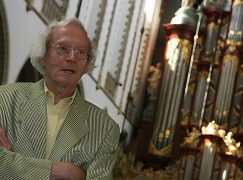
From the Lebrecht Album of the Week:
In the hands of anyone other than Stephen Hough, this album would be either a horrible indulgence or a public act of psychoanalysis. Hough is far too fastidious a pianist to be suspected of such temptations. What we have here are morsels by composers great and (mostly) small, evoking a trance-like state between sleep and wakefulness.
I’m not sure about Hough’s opening setting ….
Read on here.
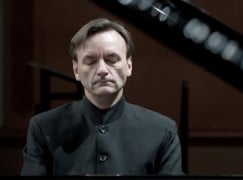
LudwigVan Toronto has a review of a new memoir by Charlie Harmon, one of Lenny’s limitless entourage.
Sample:
Bernstein smoked too much — this is probably what killed him at the age of 72 — drank too much, took too many Dexedrine pills to keep going, and partied too much. Charlie Harmon gives us all the gory details, and probably more than most readers care to handle, especially those like myself for whom Bernstein was a childhood idol revealing the mysteries of classical music on television as few teachers had ever done before…
Read on here.
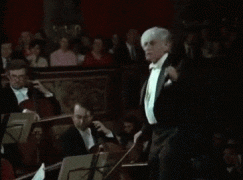
Message from Decca:
Sheku Kanneh-Mason wowed the world at the Royal Wedding of Prince Harry and Meghan Markle last weekend, and now he’s dominating the charts on both sides of the Atlantic – hitting No.1 on the US and UK Amazon charts and No.1 on the US iTunes charts with his debut album ‘Inspiration’.
Sheku’s album is No.11 on the Official UK Album Chart – the highest ever chart position for a cello player – and it’s set to reach the Top 20 on the US Billboard Album Chart too, the first time a British cellist has ever achieved this feat. His classical album (which ranges from Shostakovich to Bob Marley) is vying for chart attention alongside major pop stars like Ed Sheeran, Taylor Swift and Kendrick Lamar. It is simultaneously No.1 in the UK Classical Chart, No.10 on the Scottish Album Chart and No.10 on the CD Albums Chart. He has over 355,000 new followers on social media platforms, which means he’s expected to enter in Billboard’s ‘Social 50’ chart, alongside the likes of Ariana Grande, Harry Styles and Dua Lipa.

Frank Byrne, who joined the Kansas City Symphony in November 2000 as General Manager and has been Executive Director since 2002, has decided to step down next year.
On his watch, Kansas City has risen steadily up the ranks. Its budget has swelled from $8 million to nearly $19 million and its artistic quality is high.
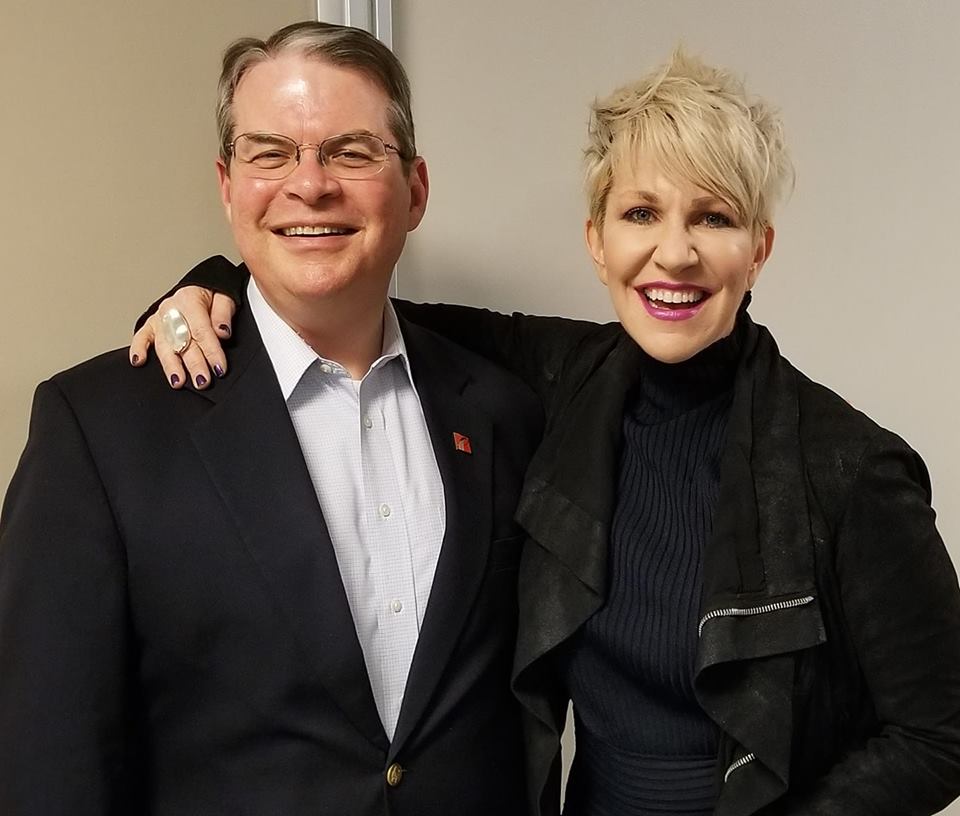
Frank Byrne with local gal
Message from Kent Nagano, music director of the Montreal Symphony:
I am honoured today to receive the Meritorious Service Decorations from the Governor General of Canada Julie Payette. I am proud to collaborate with exceptionally talented musicians and with a top-level Chorus, and I am particularly happy about the inauguration of the Maison symphonique in 2011, the acquisition of the Grand Orgue Pierre-Béique, and the projects and initiatives that bring us closer to the community, such as La musique aux enfants and the Classical Spree. Touring projects and large-scale event openings enable me to contribute to the Orchestra’s stature and influence in Canada, the Great North, the United States, South America, Europe, and Asia. This medal is a recognition I find deeply touching.
